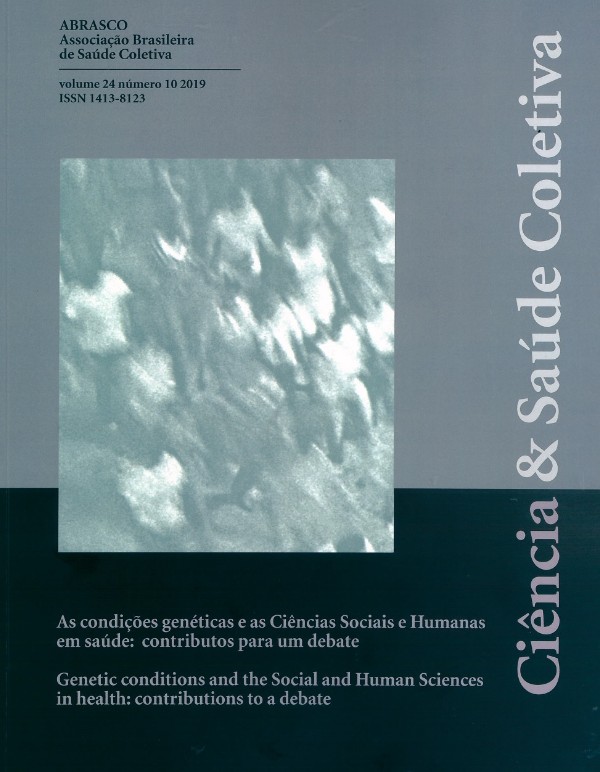Abstract(resumo):
O presente artigo tem o objetivo de examinar as origens do termo “doença genética. No final do século XIX e início do XX, a vaga ideia que a doença manifesta entre familiares refletia uma “predisposição” familiar, foi substituída pela visão que essas doenças possuem causas específicas, enquanto a genética mendeliana forneceu as pistas para os padrões de transmissão da doença. A genética das patologias congênitas deu uma guinada decisiva, em 1959, com a redefinição da Síndrome de Down como uma anomalia cromossômica e, depois, com o desenvolvimento de testes para o diagnóstico de outras patologias hereditárias. Naquela época, os geneticistas distinguiam doenças “hereditárias” como aquelas que acometiam os elementos de uma família, de condições “genéticas” que são o resultado de novas mutações ocorridas durante a produção dos óvulos e espermatozóides. Neste último caso, a deficiência inata é causada por uma anomalia do material genético da célula, porque não é transmitida por qualquer um ou ambos os pais. No final do século XX e início do XXI, as novas tecnologias genômicas obscureceram a distinção entre deficiências hereditária e a genética, estenderam o conceito da doença genética, e modificaram a experiência das pessoas que vivem com esse tipo de doença.
Keywords(palavra-chave):
hereditariedade, genética, cromossomos, síndrome de Down, NIPT
Access Issue in Scielo











